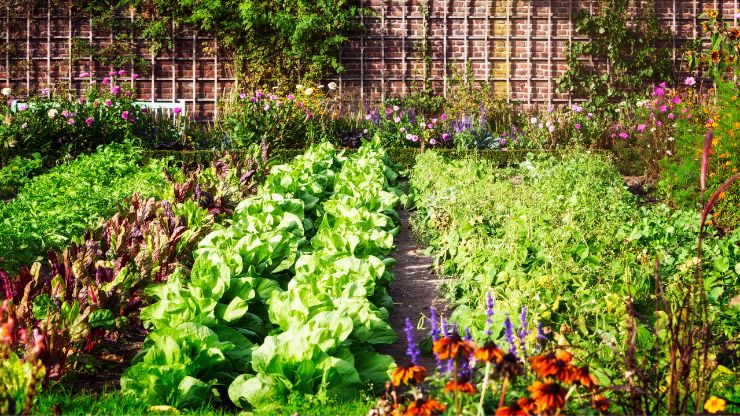Creating a thriving garden is a rewarding endeavor, but not all plants are beneficial additions to your outdoor space. In this guide, we’ll explore the top 10 plants that experts advise against growing in your garden. Whether due to invasive tendencies, toxicity, or other undesirable traits, avoiding these plants can help maintain the health and beauty of your garden ecosystem. By heeding the advice of gardening experts, you can ensure that your garden flourishes with plants that are well-suited to your climate and soil conditions. From aggressive spreaders that choke out native species to poisonous plants that pose risks to pets and children, being aware of what not to grow is just as important as selecting the right plants for your garden. Join us as we uncover the plants your garden should never grow, and learn how to cultivate a vibrant and harmonious outdoor space.
Table of Contents
Toggle10 Plants Your Garden Should Never Grow, According to Experts
1. Japanese Knotweed
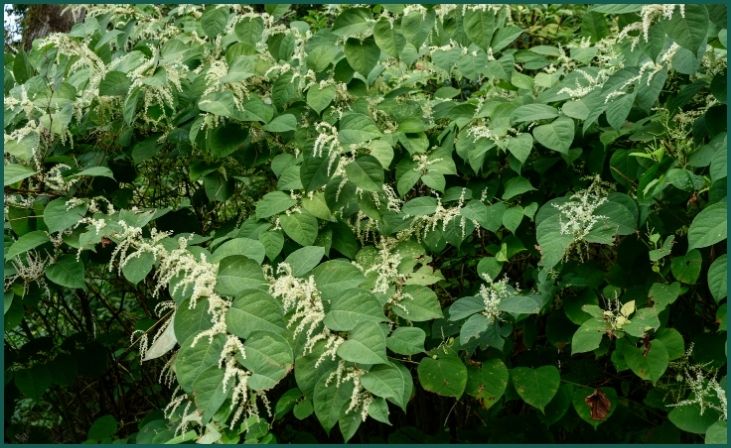
Japanese knotweed is notorious for its invasive nature and ability to quickly overtake garden spaces. This aggressive plant can spread rapidly, displacing native vegetation and causing damage to property and infrastructure. Japanese knotweed is challenging to eradicate once established, requiring extensive and costly removal efforts. Due to its aggressive growth and potential to cause harm, experts recommend avoiding the cultivation of Japanese knotweed in gardens.
Also Read: 10 Perennial Yellow Flowers That Will Brighten Your Garden
2. Giant Hogweed
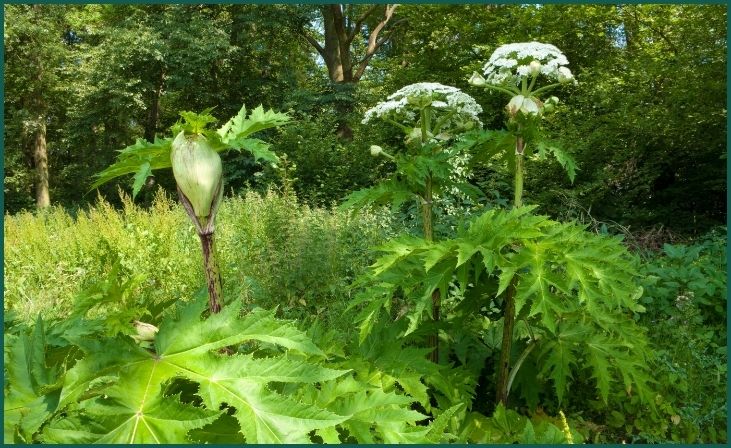
Giant hogweed is a highly toxic plant that poses serious health risks to humans and animals. Contact with its sap can cause severe skin irritation, blistering, and even permanent scarring when exposed to sunlight. In addition to its harmful effects on skin, giant hogweed can outcompete native plants and disrupt ecosystems. Due to its hazardous nature and potential for harm, it is best to avoid growing giant hogweed in gardens.
3. Poison Ivy

Poison ivy is a common allergenic plant found in many regions, known for causing painful and itchy rashes upon contact with its leaves, stems, or roots. This plant contains urushiol, a resinous oil that triggers allergic reactions in sensitive individuals. Poison ivy can spread quickly and is challenging to eradicate once established, making it undesirable for garden cultivation. To prevent allergic reactions and skin irritation, it is advisable to avoid planting poison ivy in gardens.
4. Wandering Jew
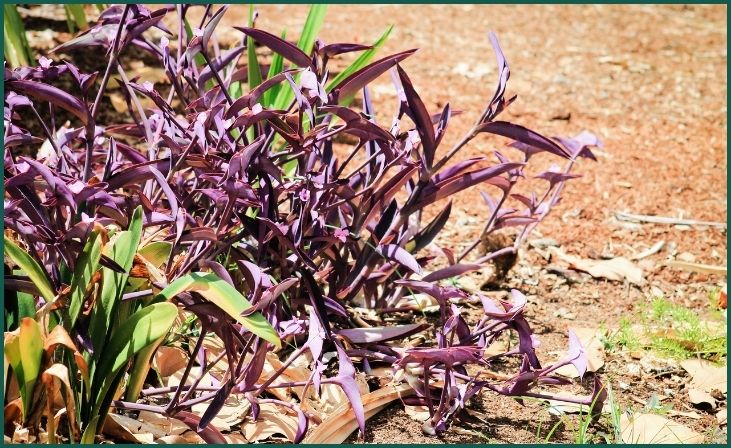
Wandering Jew, also known as Tradescantia zebrina, is a fast-growing and invasive plant species that can quickly take over garden spaces. It is characterized by its vibrant purple and green foliage and is often grown as a houseplant. However, when introduced into outdoor gardens, wandering Jew can spread aggressively, choking out native vegetation and disrupting ecosystems. Due to its invasive nature, experts recommend avoiding the cultivation of wandering Jew in garden landscapes.
5. English Ivy

English ivy is a popular ornamental plant known for its ability to climb and cover vertical surfaces, such as walls, fences, and trees. While it may add aesthetic appeal to garden landscapes, English ivy is considered invasive in many regions, where it can smother and kill native vegetation. Once established, English ivy is challenging to control and can spread rapidly through underground runners and aerial roots. To prevent the spread of this invasive species, it is best to avoid planting English ivy in gardens.
Don't just scroll, subscribe!
BuzzTrail's unique web-stories are the cure for boredom you've been waiting for.
6. Kudzu
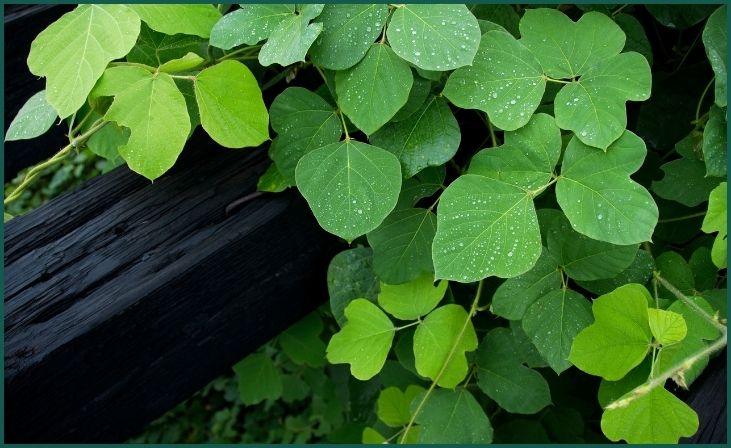
Kudzu is a fast-growing vine species native to Asia that has become invasive in many parts of the world, including the United States. It is known for its rapid growth rate, which allows it to overtake and smother native vegetation, trees, and structures. Kudzu can spread quickly through its extensive root system and can form dense mats that inhibit the growth of other plants. Due to its invasive nature and potential for harm, experts advise against growing kudzu in gardens.
7. Purple Loosestrife
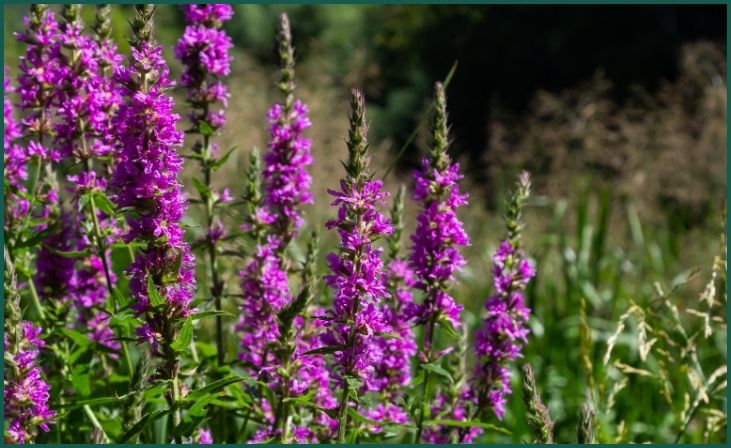
Purple loosestrife is a perennial flowering plant that is considered invasive in many wetland habitats. It produces dense spikes of purple flowers and can quickly colonize marshes, streams, and other water bodies, displacing native vegetation and disrupting ecosystems. Purple loosestrife is difficult to control once established, making it challenging to manage in garden settings. To prevent the spread of this invasive species, it is recommended to avoid planting purple loosestrife in gardens.
8. Water Hyacinth
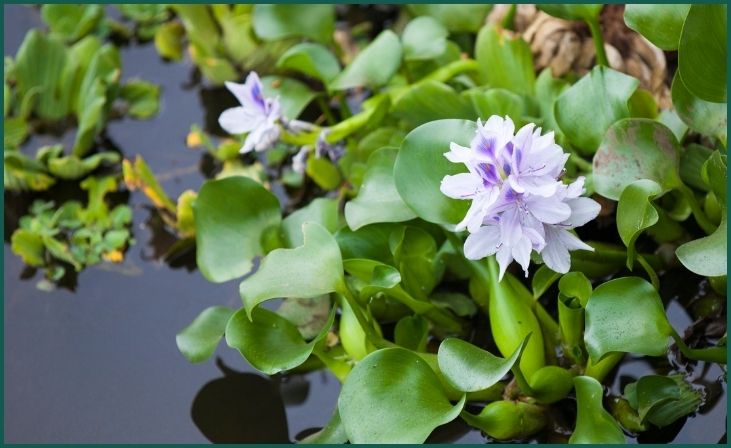
Water hyacinth is a floating aquatic plant that is native to South America but has become invasive in many parts of the world. It forms dense mats on the surface of water bodies, blocking sunlight and oxygen from reaching submerged vegetation and aquatic life. Water hyacinth can spread rapidly, clogging waterways, and impacting ecosystems. Due to its invasive nature and potential for harm, experts advise against growing water hyacinth in garden ponds or water features.
9. Common Reed (Phragmites)

Common reed, also known as Phragmites, is a tall perennial grass species that is considered invasive in many wetland and riparian habitats. It forms dense stands that outcompete native vegetation and alter water flow patterns, leading to habitat degradation and loss of biodiversity. Common reed can spread quickly through its extensive rhizome system, making it difficult to control and eradicate. To prevent the spread of this invasive species, it is best to avoid planting common reed in garden landscapes near water bodies.
Also Read: 9 Top Gardening Suggestions for Novices
10. Yellow Flag Iris
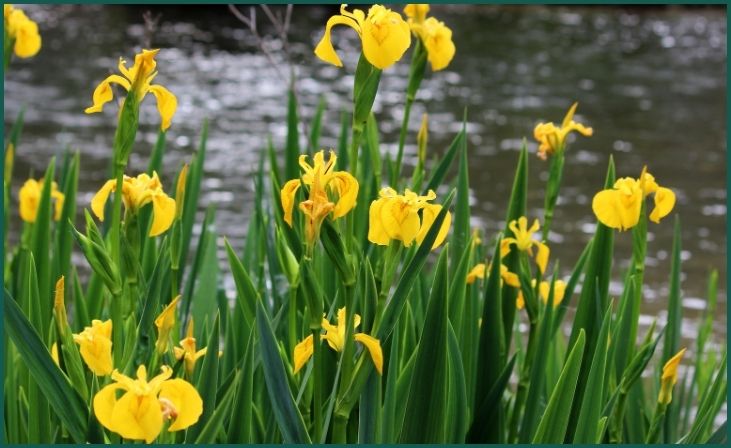
Yellow flag iris is a perennial aquatic plant species that is considered invasive in many freshwater habitats. It forms dense clumps along the edges of ponds, lakes, and streams, displacing native vegetation and reducing habitat quality for aquatic life. Yellow flag iris can spread rapidly through its rhizomatous roots, forming impenetrable thickets that inhibit the growth of other plants. Due to its invasive nature and potential for harm to aquatic ecosystems, experts recommend avoiding the cultivation of yellow flag iris in garden ponds or water features.
Conclusion
In conclusion, being mindful of the plants you choose to grow in your garden is essential for fostering a healthy and thriving outdoor space. By heeding the advice of gardening experts and avoiding the cultivation of invasive or toxic plants, you can create an ecosystem that benefits both plants and wildlife. Opting for native species and non-invasive alternatives ensures that your garden remains resilient and harmonious, supporting biodiversity and ecological balance. As you tend to your garden, remember that every plant plays a role in shaping its environment, so choose wisely to cultivate a vibrant and sustainable outdoor oasis that brings joy and beauty to your surroundings for years to come.
FAQs
Why should I avoid growing invasive plants in my garden?
Why should I avoid growing invasive plants in my garden?
Invasive plants can outcompete native species, disrupt ecosystems, and cause environmental harm by spreading aggressively and displacing native flora and fauna.
Are there any plants that are toxic to pets and should be avoided in my garden?
Are there any plants that are toxic to pets and should be avoided in my garden?
Yes, several plants, including lilies, azaleas, and oleander, are toxic to pets and can cause serious health issues if ingested, so it’s best to avoid growing them in your garden if you have pets.

